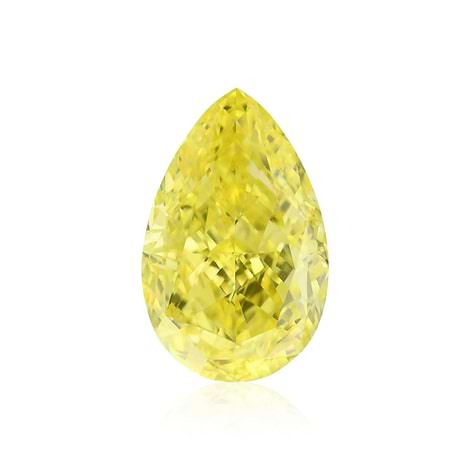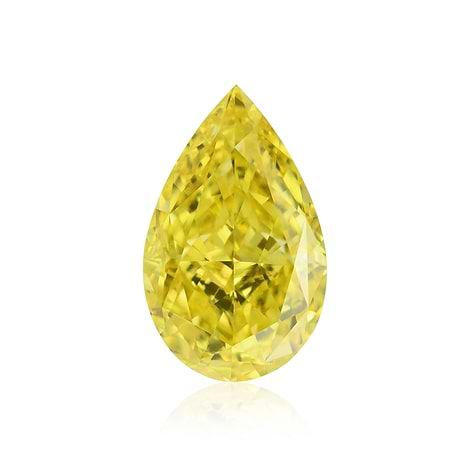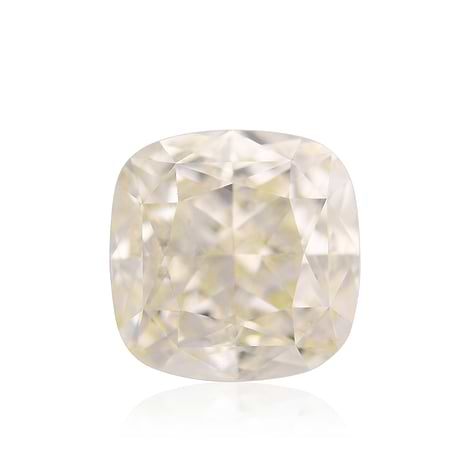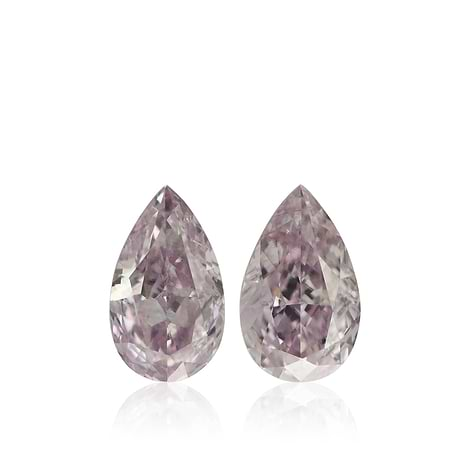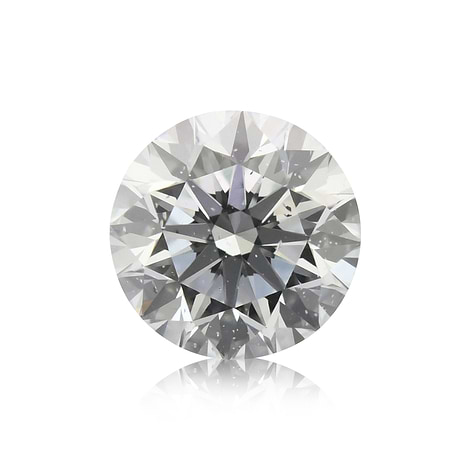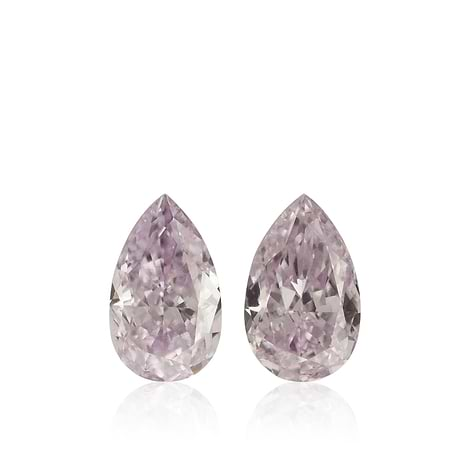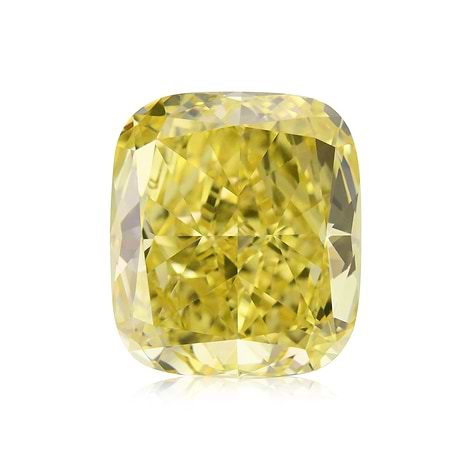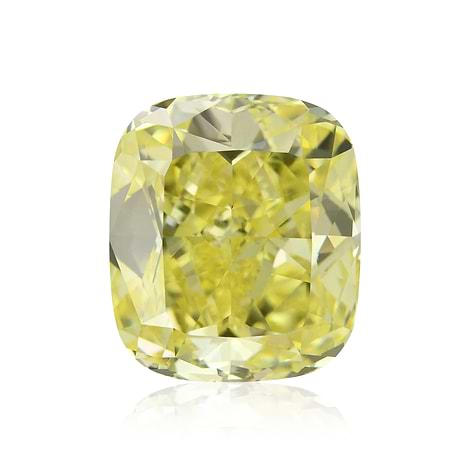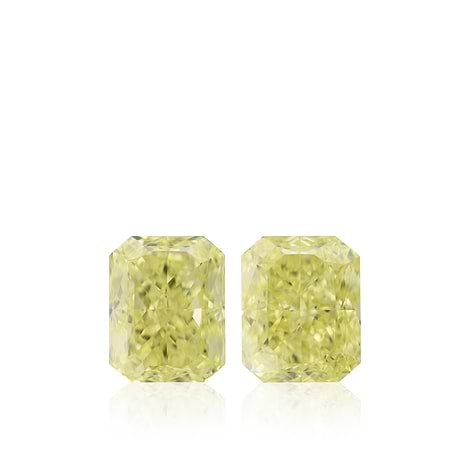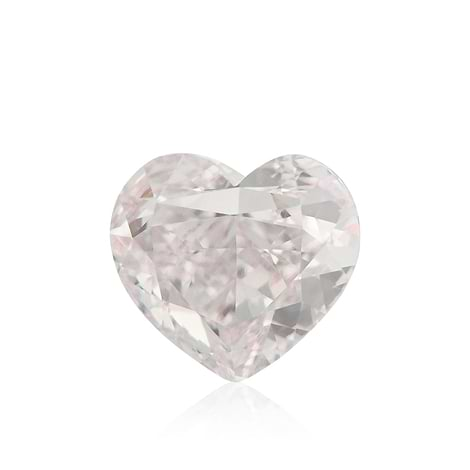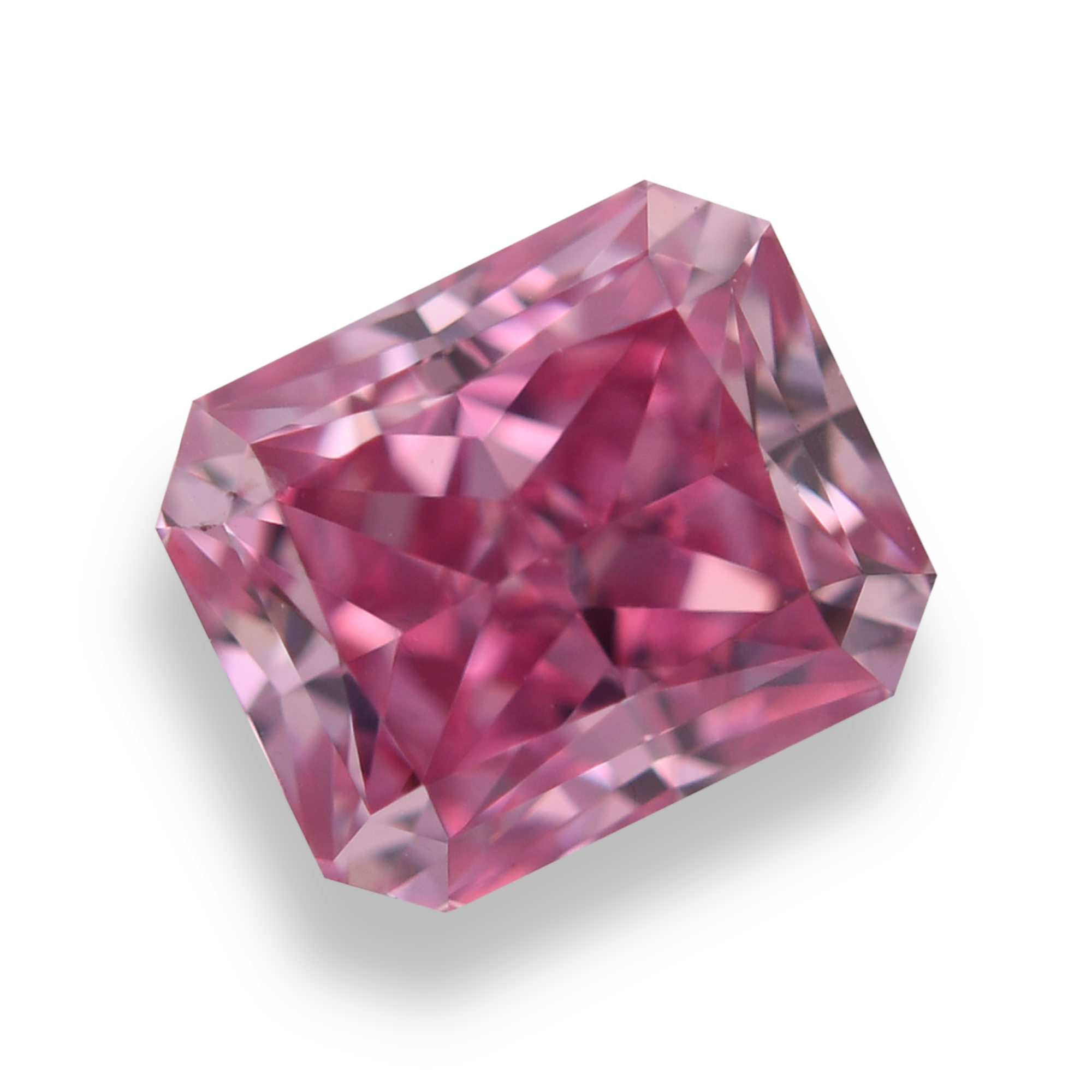Although mostly minor, diamond scams are a common occurrence. A shopper with no knowledge of diamonds can easily be fooled into buying a lower quality stone for the price of a high quality one. The 7 most common scams listed below will help you avoid paying top money for the wrong kind of diamond.
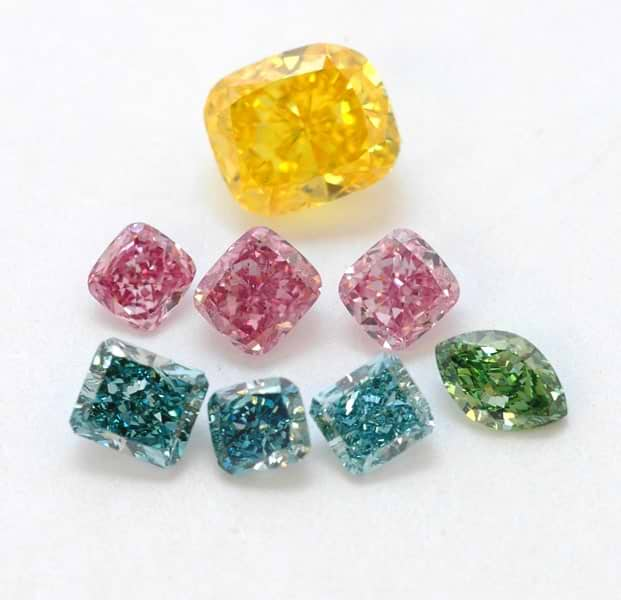
Fluorescence
This scam is commonly used by jewelry stores. A sales person will tell you the color of the diamond is blue-white, and make it sound like it is a good thing. In fact, this is an inferior type of diamond quality. If you hear this description, just leave the store.
Carat Total Weight
This is the most common scam used by jewelers. The Carat Total Weight (CTW) tag that is often attached to a piece of diamond jewelry states only the total weight of all diamonds in the jewelry piece and does not specify the separate weight of the center stone. It is important to know the weight of the larger diamond since its value is much higher than that of the smaller stones that total the same weight. Therefore, ask the jeweler to specify the weight of the center diamond in writing.
Fluorescent Lighting
It is very common for jewelry stores to use fluorescent lighting in order to make diamonds sparkle more than under lower lights. In additions, under such lights lower color range stones might appear whiter. Ask to see the diamond under different lights and ask if the diamond has fluorescence.
Sales and Deals
Sales and deals at jewelry stores are always a dubious tactic. A jeweler who can cut prices probably set the pricing too high to begin with.
Grade Inflation
Legally, the grade of the diamond advertised by a jeweler must be accurate within one grade of clarity and one grade of color. Many jewelers use that to inflate the clarity and color by one grade. There is a significant difference in value between each grade. Therefore, ask to see a diamond certification from a well known gemological laboratory where the exact grade is clearly stated.
Rounded Carat Weight
Legally, jewelers may, and usually do, round up the weight of a diamond. Thus, many diamonds are advertised to be of heavier carat weight than they actually are. In order to know the exact weight, ask to see the certification of the stone.
Not What You Paid For
One of the most unscrupulous scams is switching the stone you have chosen with a stone of lower quality and value. This usually happens when a customer leaves the diamond in the store to be set in a jewelry piece or for any other reason. To avoid this, shop only at trustworthy jewelry stores and ask the jeweler to specify the characteristics of the diamond (size, color, clarity and weight) on your receipt. After you receive your jewelry, get an appraisal from a certified independent gemologist.
It is not difficult to avoid these minor scams when you know they exist and arm yourself with some knowledge about diamonds before buying your perfect stone.
